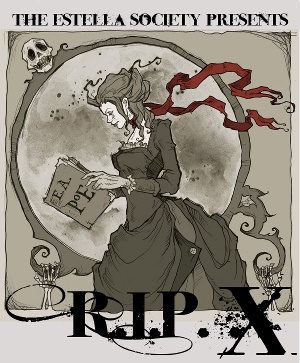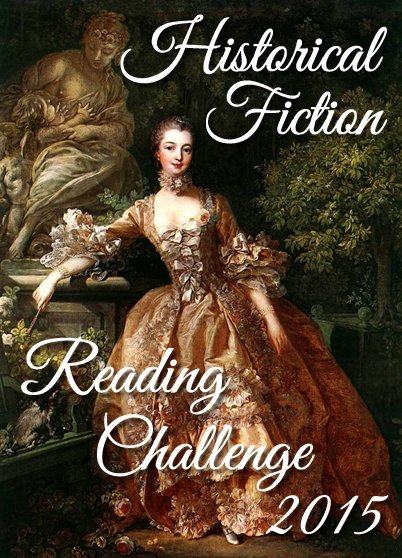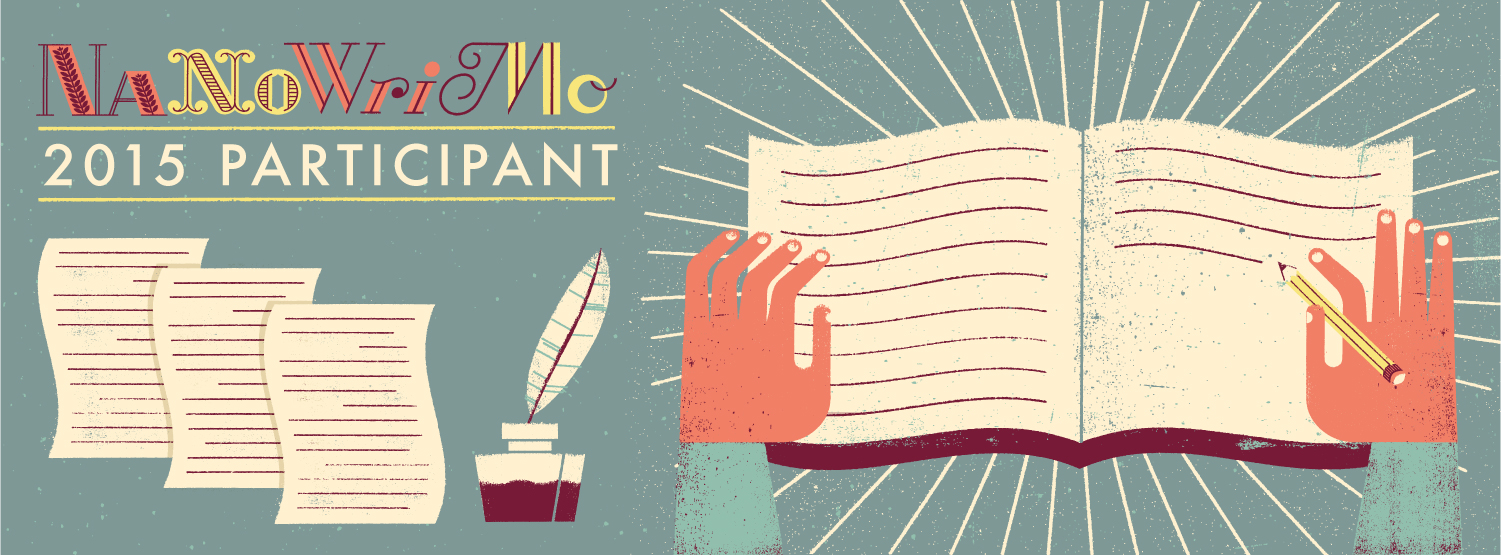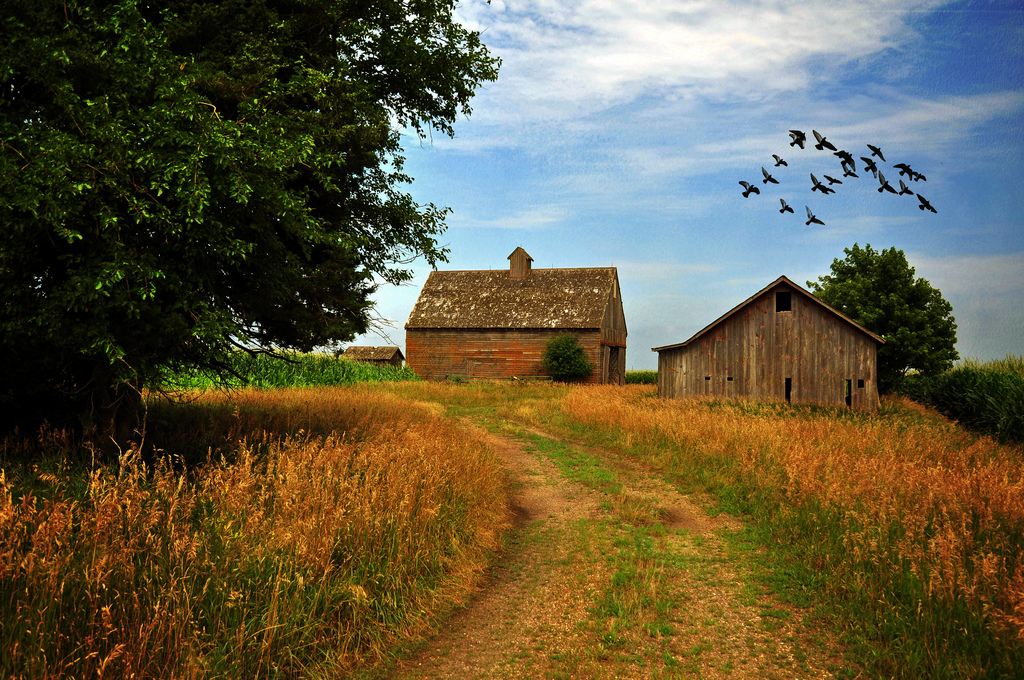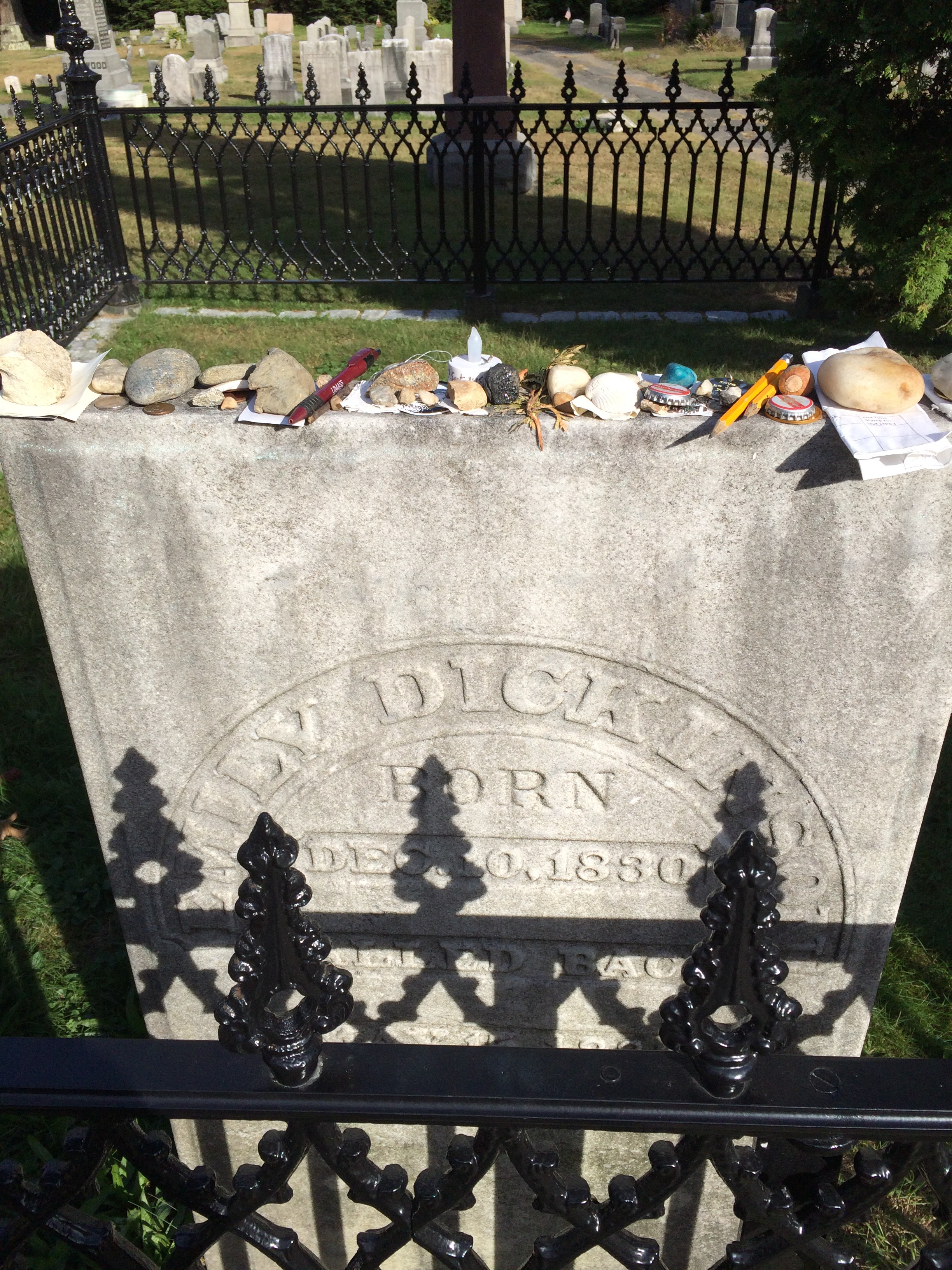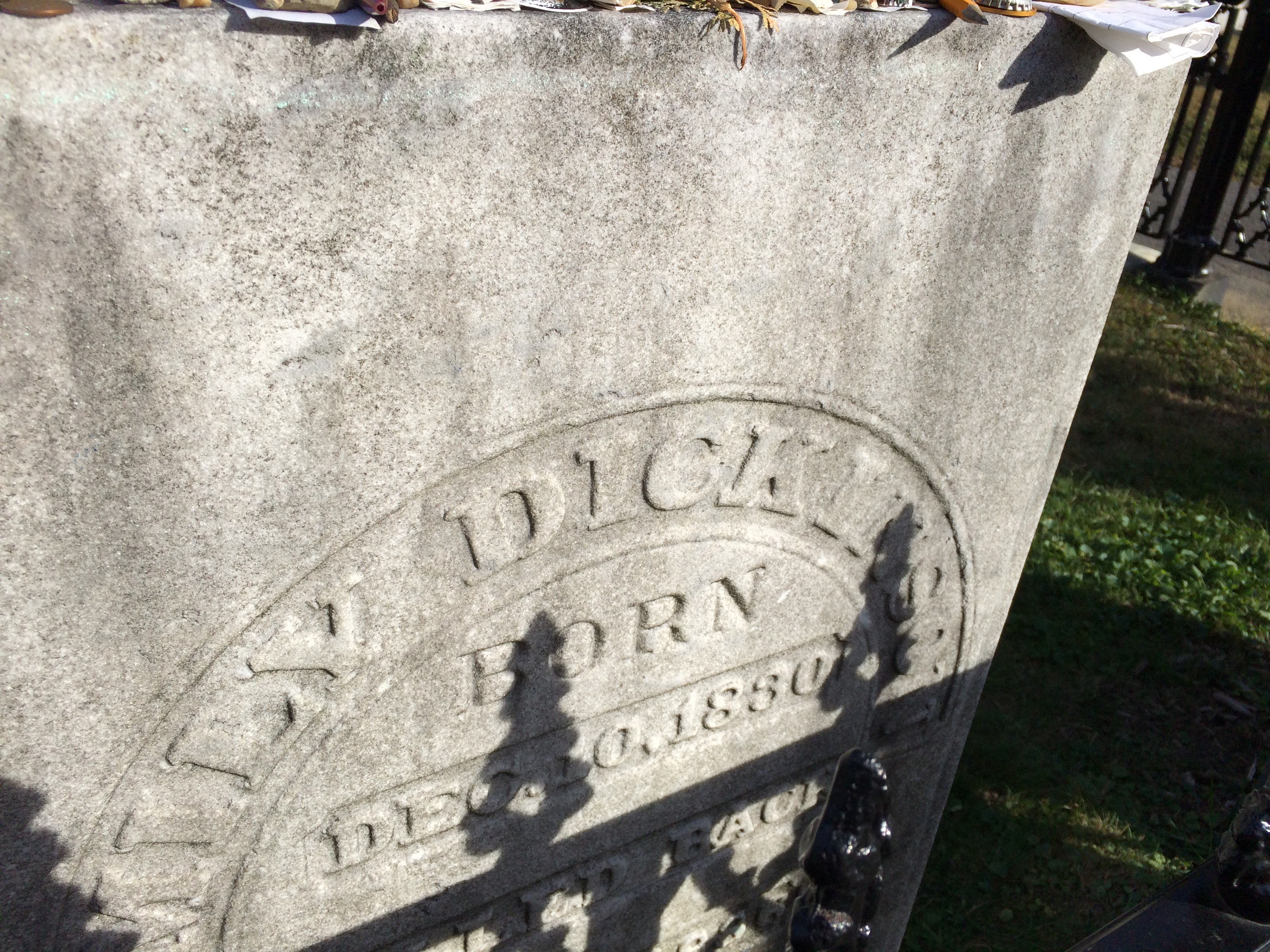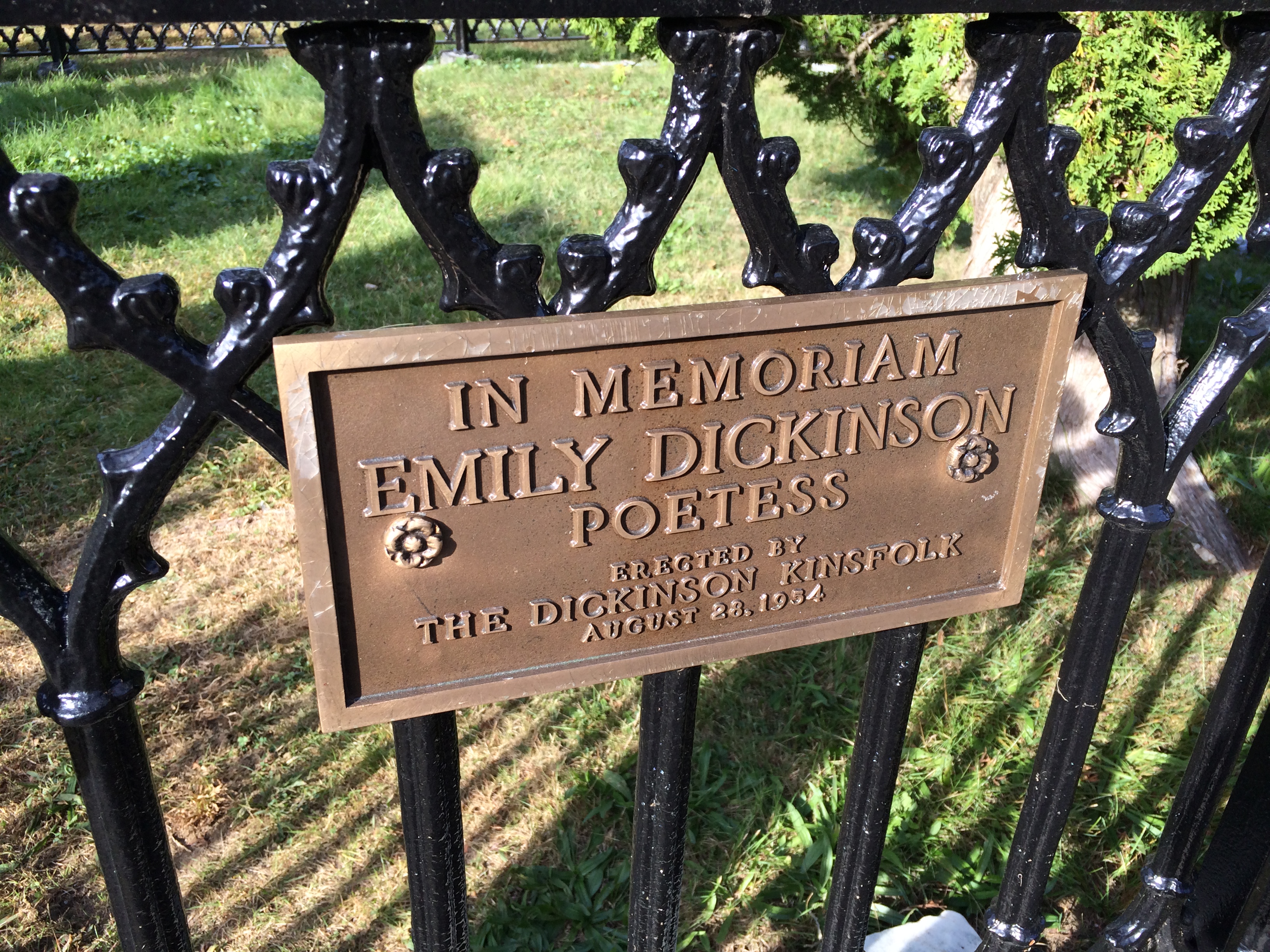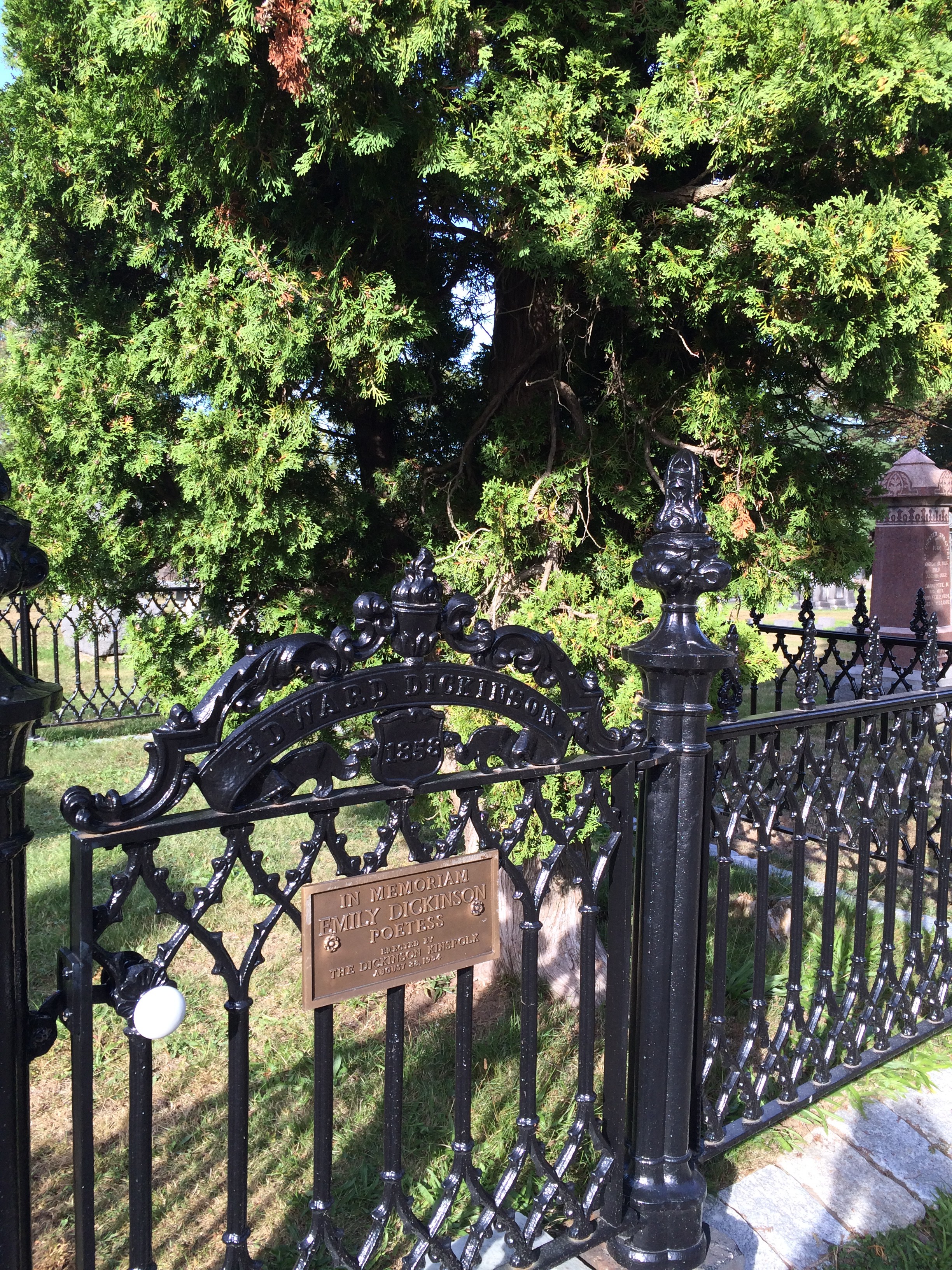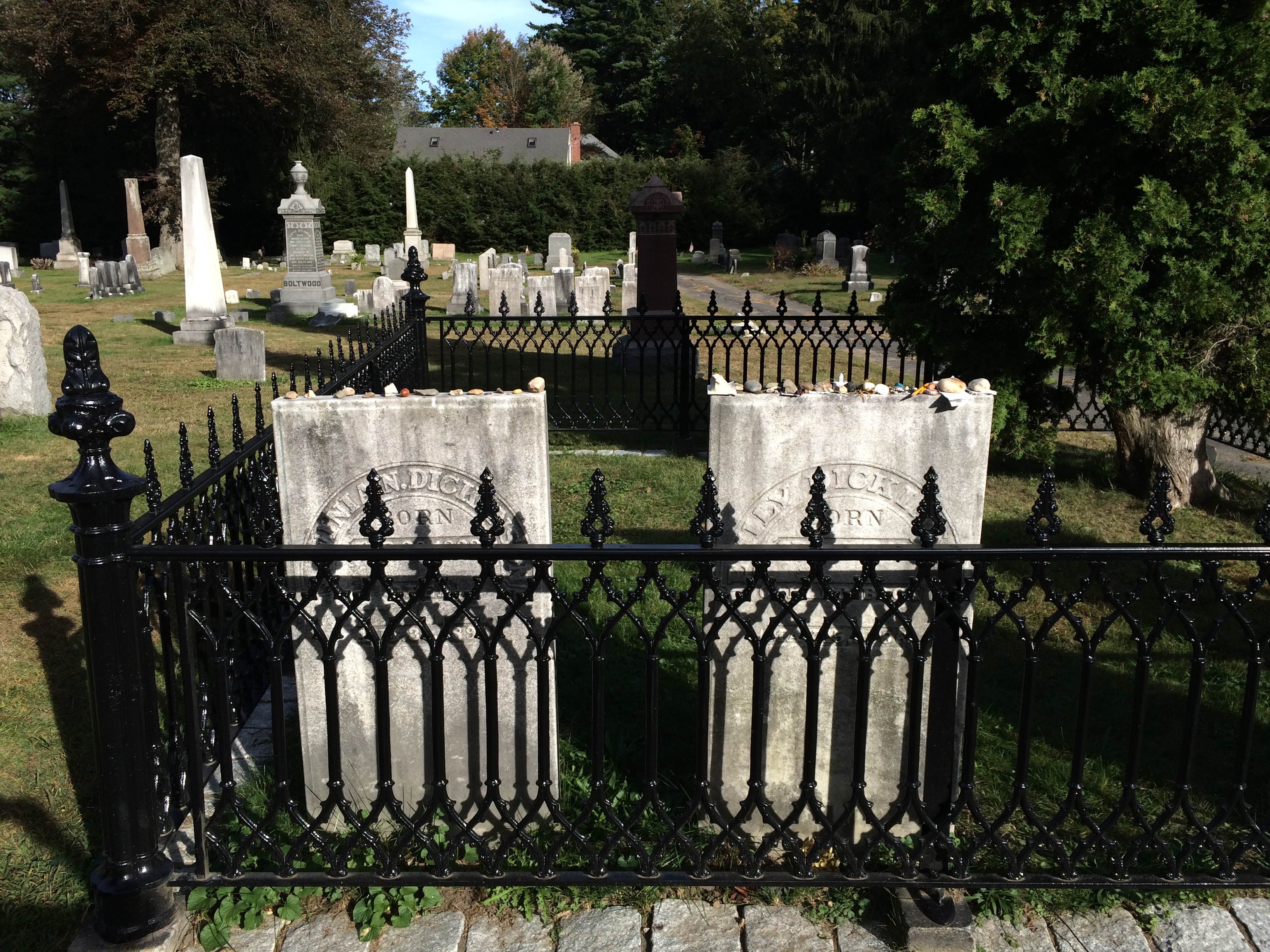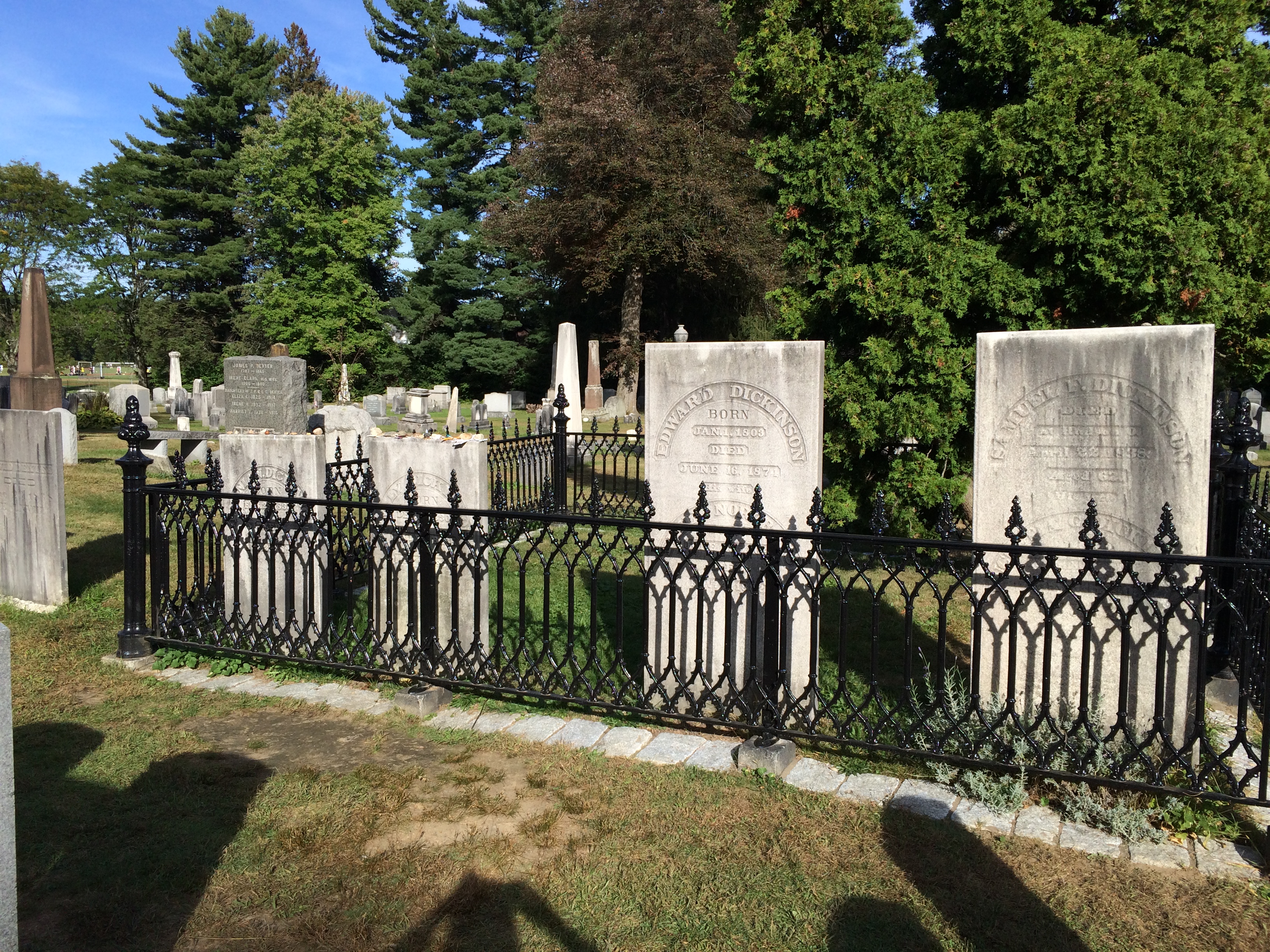 I happened upon a Guardian article this morning that confirmed something I have suspected for a while: vampires are out and ghosts are in. Author Kate Mosse, quoted in the article, says
I happened upon a Guardian article this morning that confirmed something I have suspected for a while: vampires are out and ghosts are in. Author Kate Mosse, quoted in the article, says
“We’re definitely seeing a resurgence after horror has held sway for a long time,” says Mosse. “The thing about horror is that it’s not that subtle; it’s a straightforward chase about the terrible thing that’s going to get you. With a ghost story the whole thing is, ‘Is it coming? Is everything in your head?’ Ghost fiction plays on those fears.”
I was more drawn to ghost stories for my R. I. P. Challenge reads this year. In fact, the three books I’ve read, Things Half in Shadow, This House is Haunted, and The Graveyard Book (a re-read) are all ghost stories. I’m reading two now that are sort of mysteries, but I can’t tell yet if they’re going to turn into ghost stories. I’m only one book away from finishing that challenge. I hope I can do it. Less than a week until the challenge ends.
Right now, I’m working my way through several books, but the three I’m reading most seriously:


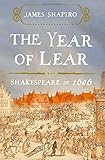
Speaking of Shakespeare, today is the 600th anniversary of the famous Battle of Agincourt. I read this really interesting article about the battle at History Today. In honor of St. Crispin’s Day, here is Henry V’s speech from the Shakespeare play of the same name. Or you can listen to Kenneth Branagh deliver it.
I also found a piece in the Telegraph by historical fiction writer Bernard Cornwell on why we should remember Agincourt and a piece in the Catholic Herald about why we should forget it.
Speaking again of Agincourt, it had a mention on the most recent episode of Doctor Who, which I had to DVR and watch today. Ashildr tells the Doctor she fought in the Hundred Years War at Agincourt and could fire six arrows in under a minute. Cornwell says in his article that a good archer might be able to fire as many as fifteen arrows per minute. But I digress because what I really wanted to talk about was how awesome “The Woman Who Lived” was. I hope that they have Catherine Tregenna write more episodes in the future. It’s the first time in a long time I watched an episode and actually thought about how good the writing was. I’m not the only one who thought it was good.
Well, it’s time to make a nice cup of tea and curl up with my books now. Until next time.
The Sunday Post is a weekly meme hosted by Caffeinated Book Reviewer. It’s a chance to share news, recap the past week on your blog, and showcase books and things we have received. See rules here: Sunday Post Meme. Image adapted from Patrick on Flickr.




